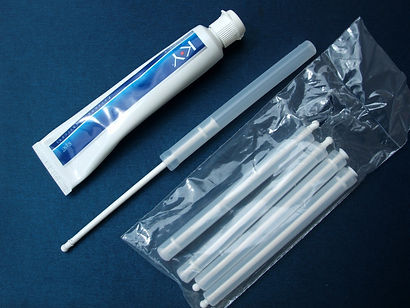DRUG DISCOVERY
HIV AND AIDS

antiretroviral therapy
Antiretroviral therapy, also known as ART, is a combination therapy that involves the mix of many drugs used to treat HIV infection called antiretrovirals. Those who are on ART take this mix of drugs, called an HIV regimen, every day, which "includes three HIV medicines from at least two different drug classes". By doing so, the medication helps to decrease the viral load, or amount of virus, in the body. This allows for more CD4 cells to produce and for the immune system to get stronger. Additionally, the risk of HIV transmission is With ART, HIV-positive people are able to live longer, healthier, and more normal lives. If not taken consistently and as directed, drug resistance and failure of treatment may occur.
drug classes
When referring to HIV/AIDS medication in ART, there are six drug classes that divide them, based on how they attack the invading virus:
-
nucleoside reverse transcriptase inhibitors (NRTIs)
-
non-nucleoside reverse transcriptase inhibitors (NNRTIs)
-
protease inhibitors (PIs)
-
fusion and entry inhibitors
-
pharmacokinetic enhancers
-
integrase strand transfer inhibitors (INSTIs)
Different antiretroviral drugs to treat HIV infection

prevention of mother to child transmission (pmtct)
PMTCT is the use of antiretroviral drugs for mothers or pregnant women who are HIV-positive "during pregnancy, delivery, and breastfeeding". This method of treatment has been proven to decrease the potential for mother-to-child transmission up to 95%. There is also an Option B+ for PMTCT, where any HIV-positive mother or pregnant women can receive immediate ART for life, no matter their viral load or HIV stage.

Progress against mother-to-child transmission in certain countries in 2015
microbicides
Microbicides are gels/creams that have antiretroviral drugs and is used in the vaginal area. These vaginal microbicides assist in preventing HIV infection and are "relatively effective, so long as they are used consistently and correctly". A study done in South Africa found that 39% of women had fewer infections in general, while 54% of women who continually used the product had fewer infections. However, the primary problem with microbicides is adherence, or the use of the product consistently and regularly, to be able to lower the chances of receiving HIV infections.

Microbicide gel/cream and materials used to apply
pre-exposure prophylaxis (Prep)

Truvada: the drug used as PrEP
PrEP refers to ARVs that are taken daily to prevent an HIV-negative person from obtaining the virus before being exposed to it. According to studies, taking PrEP correctly and as directed can significantly decrease the risk of HIV infection to almost zero. Although PrEP is considered to be beneficial, if not taken consistently, it is not as successful in preventing an HIV infection. PrEP also "does not provide protection against other sexually transmitted infections (STIs)". PrEP is recommended for those who are with an HIV-positive person, do not use condoms during sexual intercourse, and inject drugs.
post-exposure prophylaxis
Unlike PrEP, PEP is taken for a short amount of time after possible exposure to the virus. Recently, PEP has been used "as an emergency prophylaxis for those who may have been exposed during a single event". PEP is recommended for those who think exposure was during sex, sharing of needles, or sexual assault. The effectiveness of PEP still needs further research, but it should be taken within 72 hours of exposure, the sooner the better. Today, PEP is being used in tenefovir as a part of a three-drug combination.


Further information on PEP
